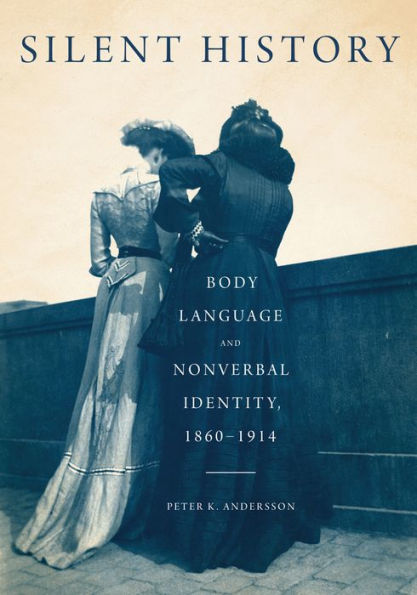The written and verbal traces of the past have been extensively studied by historians, but what about the nonverbal traces? In recent years, historians have expanded their attention to other kinds of sources, but seldom have they taken into account the most vital and omnipresent nonverbal aspect of life – body language. Silent History explores the potential of early photography to uncover the structure and nature of everyday body language in the late nineteenth and early twentieth centuries. Through a close study of street photography by pioneering photographers who were the first to document urban everyday life with hidden cameras, Peter Andersson examines a key period of history in a new light. By focusing on a number of body poses and gestures common to the nonverbal communication of the fin de siècle, he reveals the identifications and connotations of daily social interaction beyond the written word. Andersson also depicts a broader picture of the body and its relationship to popular culture by placing photographic analysis within a context of magazine illustration, caricature, music-hall entertainment, and the elusive urban subcultures of the day. Studying archival photographs from Austria, England, and Sweden, Silent History provides a clear picture of the emergence of the modern bodily conventions that still define us.
1128527313
Silent History: Body Language and Nonverbal Identity, 1860-1914
The written and verbal traces of the past have been extensively studied by historians, but what about the nonverbal traces? In recent years, historians have expanded their attention to other kinds of sources, but seldom have they taken into account the most vital and omnipresent nonverbal aspect of life – body language. Silent History explores the potential of early photography to uncover the structure and nature of everyday body language in the late nineteenth and early twentieth centuries. Through a close study of street photography by pioneering photographers who were the first to document urban everyday life with hidden cameras, Peter Andersson examines a key period of history in a new light. By focusing on a number of body poses and gestures common to the nonverbal communication of the fin de siècle, he reveals the identifications and connotations of daily social interaction beyond the written word. Andersson also depicts a broader picture of the body and its relationship to popular culture by placing photographic analysis within a context of magazine illustration, caricature, music-hall entertainment, and the elusive urban subcultures of the day. Studying archival photographs from Austria, England, and Sweden, Silent History provides a clear picture of the emergence of the modern bodily conventions that still define us.
50.0
In Stock
5
1

Silent History: Body Language and Nonverbal Identity, 1860-1914

Silent History: Body Language and Nonverbal Identity, 1860-1914
Related collections and offers
50.0
In Stock

Product Details
| ISBN-13: | 9780773555488 |
|---|---|
| Publisher: | McGill-Queens University Press |
| Publication date: | 10/29/2018 |
| Sold by: | Barnes & Noble |
| Format: | eBook |
| File size: | 22 MB |
| Note: | This product may take a few minutes to download. |
About the Author
From the B&N Reads Blog
